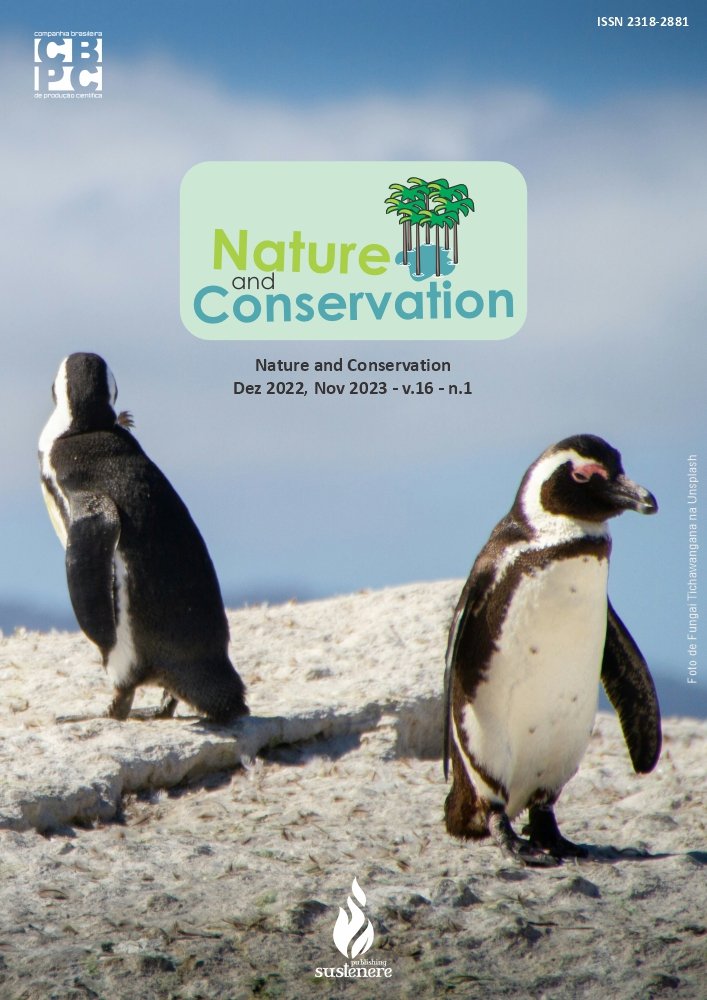Kinetics of red pulp rosa with red pulp foam layer drying
DOI:
https://doi.org/10.6008/CBPC2179-6858.2021.012.0022Keywords:
Technology, Dehydration, Conservation, Mathematical modelingAbstract
The pitaia, also known as dragon fruit, is the fruit of several species of epiphyte cacti of the genera Hylocereus and Selenicereus, native to regions of Central America and Mexico. In Brazil, the cultivation of pitaia began in the 90s, with production concentrated in the state of São Paulo. It is currently being grown in various regions of the country, in the state of Mato Grosso the pitaia has become a source of income for family farming. The red pulp rose pitaha has great potential to be explored economically, due to the increased consumption of this fruit worldwide. Therefore, the present study aimed to evaluate the kinetics of drying in the foam layer of the pulp of different fractions of the pitaia of pink peel and red pulp, evaluating the influence of temperature on the drying time. The drying kinetics of the different fractions of the pitahaya in a foam layer were carried out in an oven with forced air circulation, at temperatures of 60, 70 and 80 ° C. It was found that the increase in temperature led to the establishment of kinetic balance in shorter times, that is, at a temperature of 80oC. The drying kinetics data were subjected to mathematical modeling using the Henderson and Pabis, Midilli and Kucuk and Page models, where the model that showed the best fit to the experimental data was the Henderson and Pabis model, as it had a higher determination coefficient and less relative average error and fewer parameters.
Downloads
Downloads
Published
Issue
Section
License
Copyright (c) 2021 Ibero-American Journal of Environmental Sciences

This work is licensed under a Creative Commons Attribution-NonCommercial-NoDerivatives 4.0 International License.
The CBPC - Companhia Brasileira de Produção Científica (Brazil CNPJ: 11.221.422/0001-03) the material rights of the published works. The rights relate to the publication of the work anywhere in the world, including rights to renewals, expansions and dissemination of the contribution, as well as other subsidiary rights. All electronically published works may subsequently be published in printed collections under the coordination of this company and / or its partners. The authors preserve the copyright, but are not allowed to publish the contribution in another medium, printed or digital, in Portuguese or in translation.









